Table of Contents
- Introduction
- Understanding the Difference
- Spice Storage & Usage Hacks
- Prep & Cook Like a Pro
- Buying Guide: Which Ribs Are Right for You?
- Frequently Asked Questions
- Conclusion
Introduction
St. Louis ribs and spare ribs are two popular pork rib cuts with key differences in shape, fat content, and cooking characteristics. St. Louis ribs are trimmed to a rectangular shape with uniform bones, while spare ribs are untrimmed with more fat and irregular bones. Here's a quick comparison to help you choose the right ribs for your next BBQ.
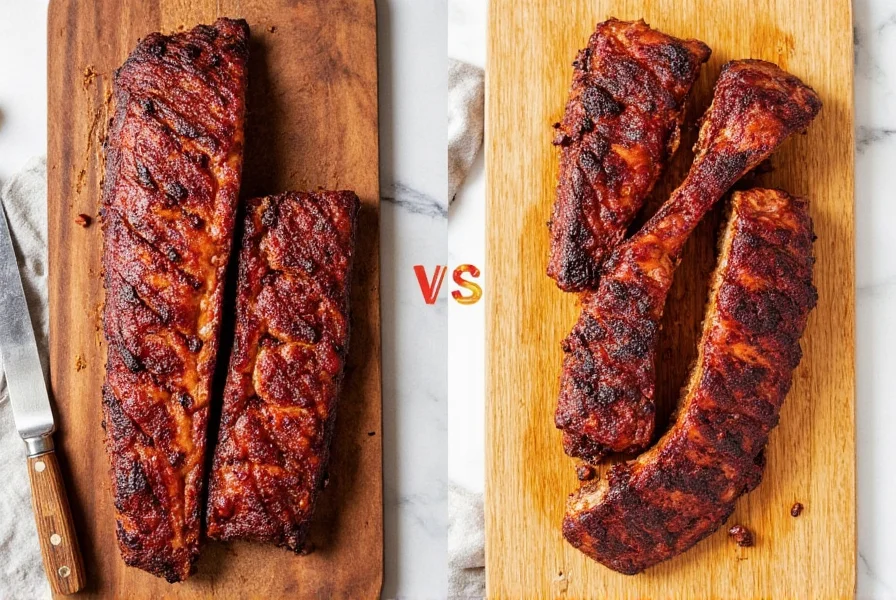
| Cut Type | Description | Fat Content | Bone Structure | Best For |
|---|---|---|---|---|
| St. Louis Ribs | Trimmed version of spare ribs, rectangular in shape | Moderate | Uniform bones | Barbecuing, competition cooking |
| Spare Ribs | Less trimmed, with curved bones and more marbling | Higher | Irregular bones | Slow roasting, rich flavor lovers |
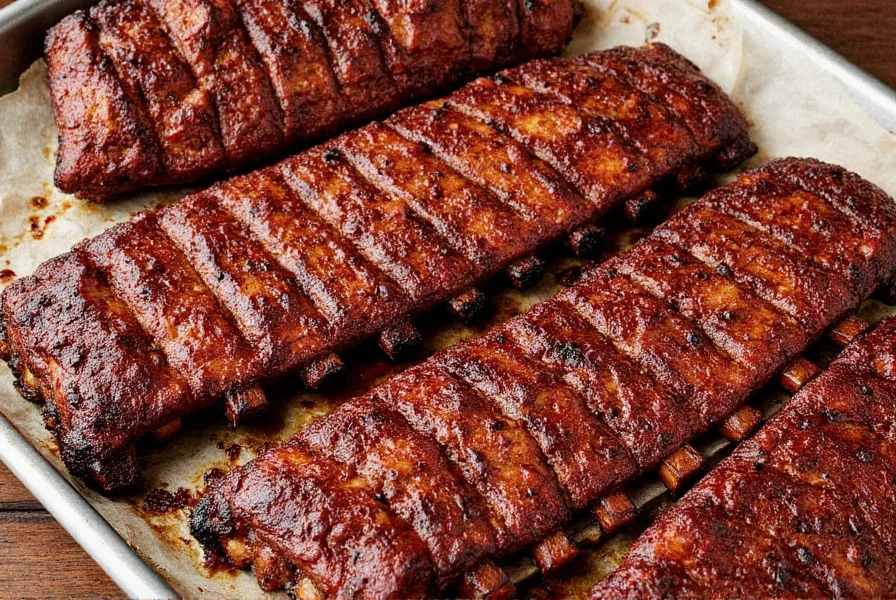
Understanding the Difference Between St. Louis Ribs & Spare Ribs
Let's cut right to the bone — literally. While both come from the pork rib cage, their characteristics differ in shape, texture, and how they take on flavors like your favorite spice blends.
The Anatomy of Each Cut
Taste Test Showdown
St. Louis ribs are known for their consistency and even cooking, making them a favorite among pitmasters. With less cartilage and more surface area, they absorb spices and sauces evenly — ideal for rubs and glazes.
Spare ribs, on the other hand, pack more fat and flavor, which means they can handle bold, spicy mixes and longer cook times without drying out. Their uneven shape may cause uneven spice distribution, but that's where technique (and maybe a meat brush) comes in handy.
Spice Storage & Usage Hacks for Ribs That Pop
Great rib recipes start with fresh, well-stored spices. Let's talk about how to keep your rack of flavors as vibrant as your rack of ribs!
Hack #1: Keep Your Spices Cool & Dark
Just like a good cut of meat, spices don't do well under stress. Store them away from heat sources (like ovens or sunlight) to maintain potency. A kitchen cabinet away from the stove is your best bet.
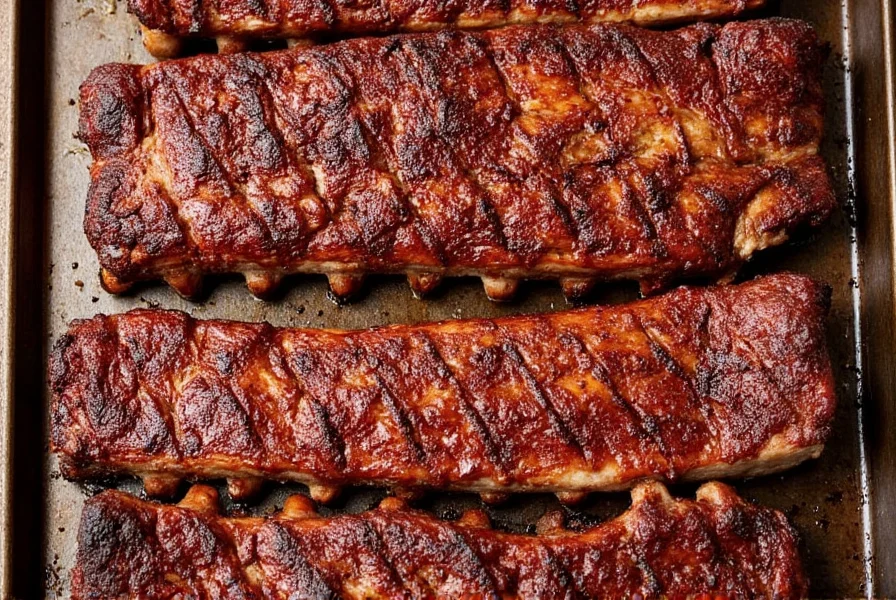
Hack #2: Label & Date Everything
- Ground spices: 1–3 years
- Whole spices: up to 4 years
- Herbs: 1–3 years
If your paprika smells like cardboard, it's time to replace it. Keep track with sticky labels or chalkboard jars.
Hack #3: Blend Fresh Before Rubbing
For maximum aroma, consider grinding whole spices like peppercorns or cumin seeds just before use. It unlocks oils and boosts flavor tenfold — especially important when seasoning thick slabs of meat like ribs.
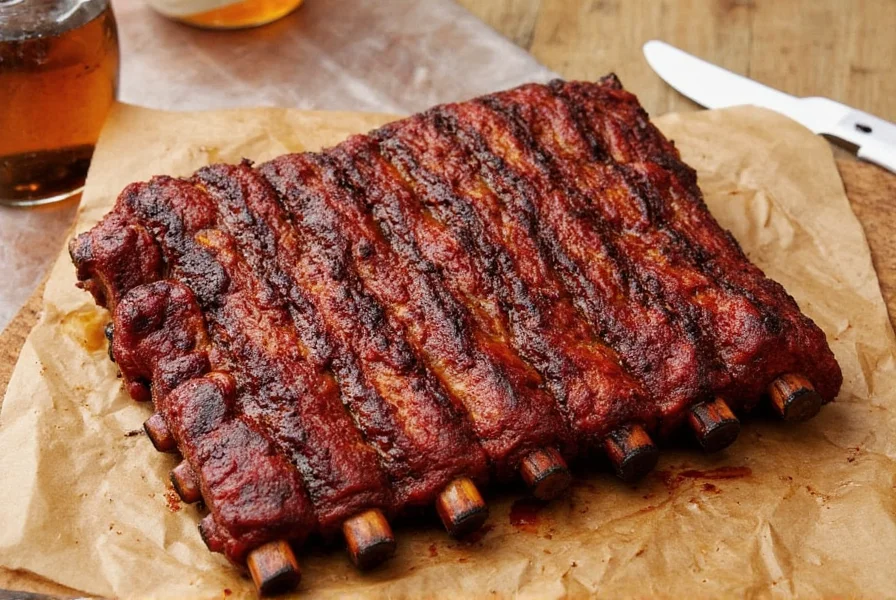
Hack #4: Use a Binder for Better Adhesion
Want that perfect crusty bark? Mix a little oil, vinegar, or mustard into your dry rub before applying. This helps spices stick better and infuses deeper flavor during the cook.
Hack #5: Double-Dose the Rub (But Not All at Once)
Apply half the rub before cooking and save the rest to add halfway through. This keeps flavor layers building instead of burning off too early.
How to Prep & Cook Each Rib Style Like a Seasoned Pitmaster
Prepping St. Louis Ribs
- Remove the membrane on the back — it prevents spices from penetrating.
- Evenly apply your spice mix using a brush for consistent coverage.
- Wrap in foil and let sit in fridge overnight for deeper infusion.
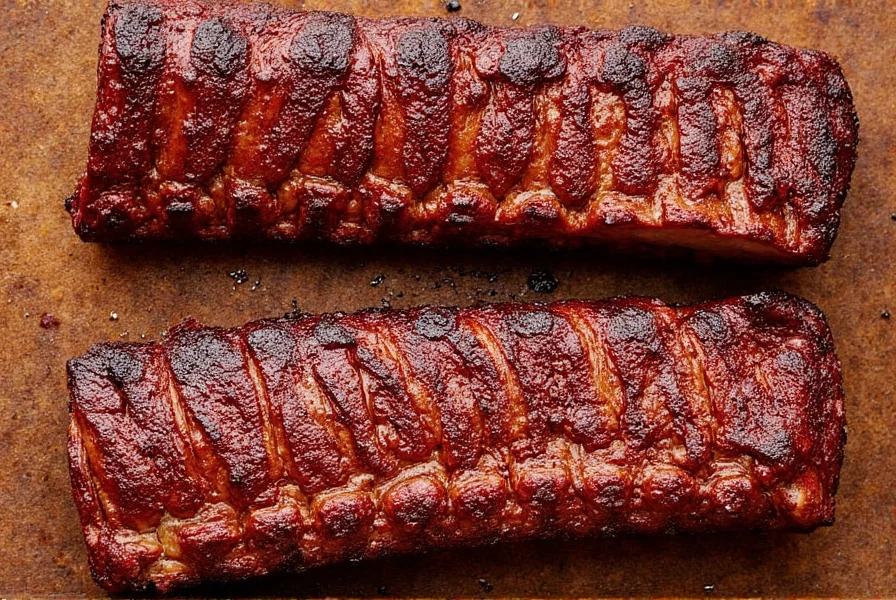
Prepping Spare Ribs
- Due to irregular bone structure, work the rub into crevices manually.
- Use a bit more salt and pepper to balance richness.
- Marinate for at least 8 hours to enhance depth of flavor.
Cooking Methods Compared
| Method | Temp | Cook Time | Spice Tip | Best For |
|---|---|---|---|---|
| Smoking | 225°F | 5–6 hrs | Add wood chips that complement your rub (hickory for smoky, applewood for sweet). | St. Louis ribs |
| Oven Roasting | 275°F | 3–4 hrs | Brush on extra spice-infused butter during last hour. | Spare ribs |
| Grilling | Medium heat | 3–4 hrs | Use a spice mop (vinegar + spices) to baste while grilling. | Both, but watch for flare-ups |
Buying Guide: Which Ribs Are Right for You?
Now that you know the differences and spice secrets, here's how to pick the perfect cut based on your needs.
1. St. Louis Ribs: The Clean-Cut Champion
- Best for: Beginners, grillers, and those who want a clean presentation.
- Advantages: Even shape, easier to season uniformly, cooks consistently.
- Use case: Competitive BBQ, family dinners, or impressing guests.
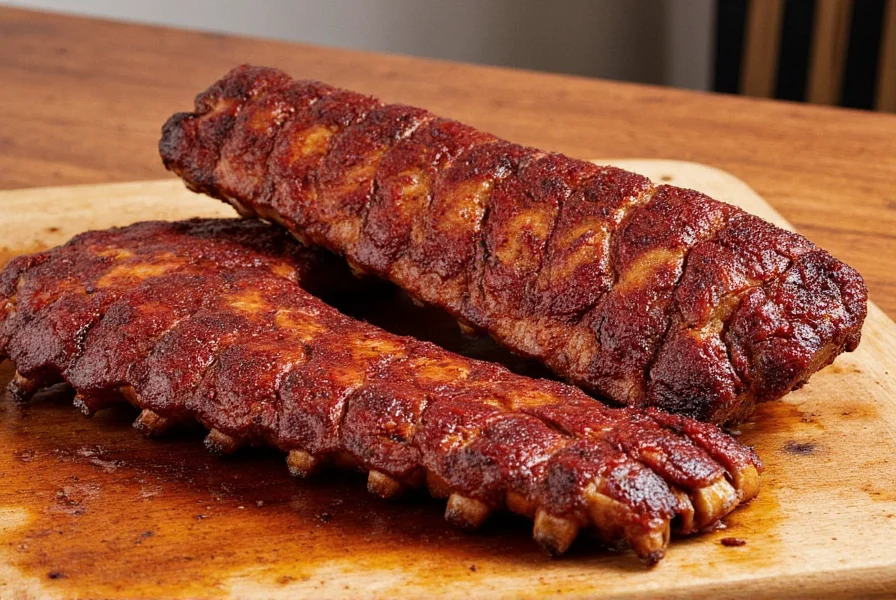
2. Spare Ribs: The Flavor Bomb
- Best for: Flavor seekers, slow-roasters, budget-conscious cooks.
- Advantages: Juicy, marbled, deeply flavorful, often cheaper per pound.
- Use case: Sunday roasts, rustic gatherings, or anyone who doesn't mind getting messy.
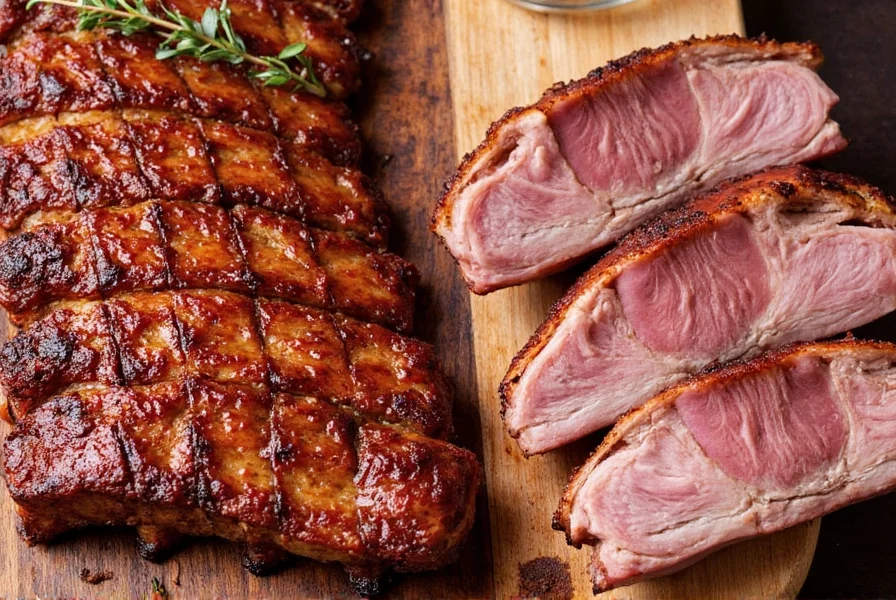
Product Spotlight: Spice Blends We Love
- Bad Byron's Butt Rub – Sweet and savory with a kick, great for St. Louis ribs.
- Meat Church Holy Gospel Rub – Smoky and complex, works magic on spare ribs.
- Carolina Style Dry Rub – Vinegary and tangy, perfect for BBQ purists.
Frequently Asked Questions About St. Louis Ribs vs Spare Ribs
What's the main difference between St. Louis ribs and spare ribs?
St. Louis ribs are a trimmed version of spare ribs, cut into a neat rectangular shape with the sternum bone, cartilage, and rib tips removed. Spare ribs are the full, untrimmed section from the belly area of the hog, with a more irregular shape, more fat, and some cartilage.
Which ribs are more tender - St. Louis or spare ribs?
Spare ribs tend to be more tender due to their higher fat content and marbling, which renders down during cooking. However, St. Louis ribs offer more consistent tenderness throughout since they're more uniform in shape and thickness.
Are St. Louis ribs more expensive than spare ribs?
Yes, St. Louis ribs typically cost more per pound because they require additional processing (trimming). You're paying for the convenience of the uniform shape and the butcher's labor. Spare ribs are often more economical, especially if you're comfortable with the irregular shape.
Can I substitute St. Louis ribs for spare ribs in recipes?
Absolutely! Just be aware that cooking times may vary slightly due to the difference in thickness and fat content. St. Louis ribs might cook a bit faster because they're more uniform, while spare ribs may need slightly longer to render the extra fat.
How much meat is on each type of rib?
St. Louis ribs have a higher meat-to-bone ratio on the top surface, making them appear meatier at first glance. Spare ribs have slightly less visible meat on top but contain more flavorful marbling throughout, plus the rib tips (if not removed) add extra meaty sections at one end.
Which ribs are better for beginners?
St. Louis ribs are generally better for beginners due to their uniform shape, which makes seasoning and cooking more consistent. The predictable shape also makes them easier to handle on the grill or smoker. Spare ribs require a bit more technique to ensure even cooking throughout their irregular shape.
Do St. Louis ribs and spare ribs cook differently?
Yes, slightly. St. Louis ribs cook more evenly due to their uniform thickness. Spare ribs may need careful attention as the thinner parts could cook faster than the thicker, fattier sections. Many pitmasters recommend rotating spare ribs during cooking to ensure even doneness.
Why are they called "St. Louis" ribs?
The cut was popularized by butchers in St. Louis, Missouri who developed this trimmed version to create a more visually appealing product for urban consumers who preferred a neat presentation without the irregular rib tips and cartilage found on traditional spare ribs.
Conclusion: Spice It Up, Any Way You Cut It
Whether you choose St. Louis ribs for their uniform shape or spare ribs for their rich flavor, the key is matching the cut to your cooking style and preferences. With the right seasoning and technique, both can deliver exceptional BBQ results.
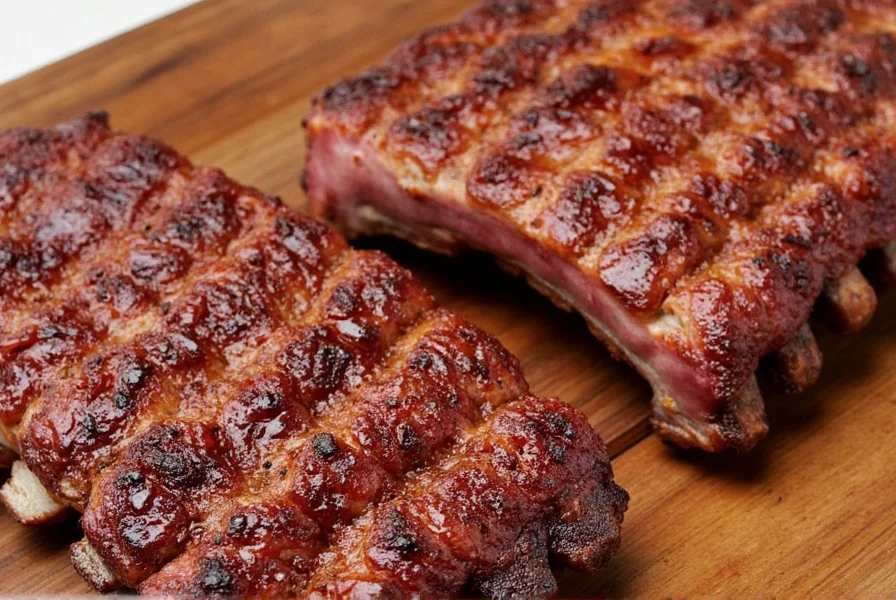
Got questions? Drop them below or tag us in your next rib adventure! 🍖🔥

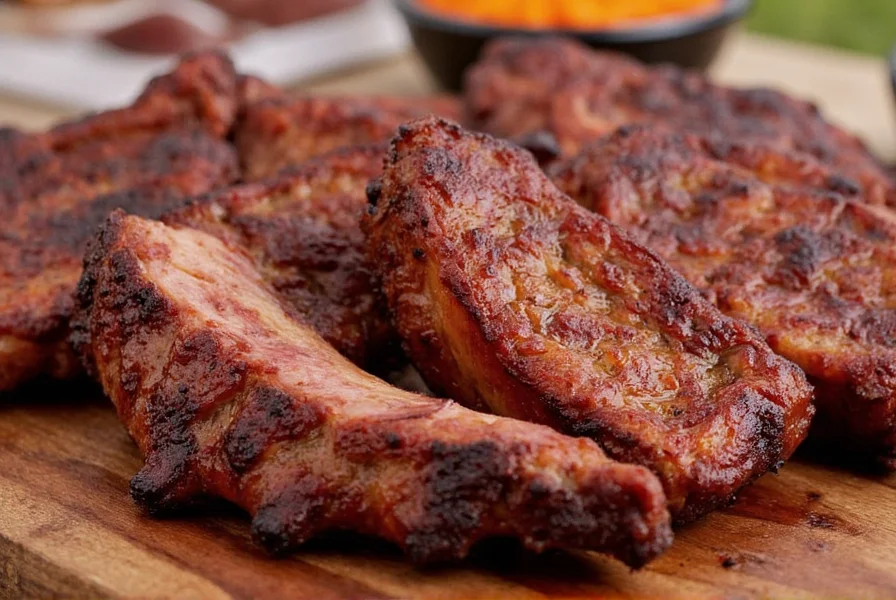









 浙公网安备
33010002000092号
浙公网安备
33010002000092号 浙B2-20120091-4
浙B2-20120091-4